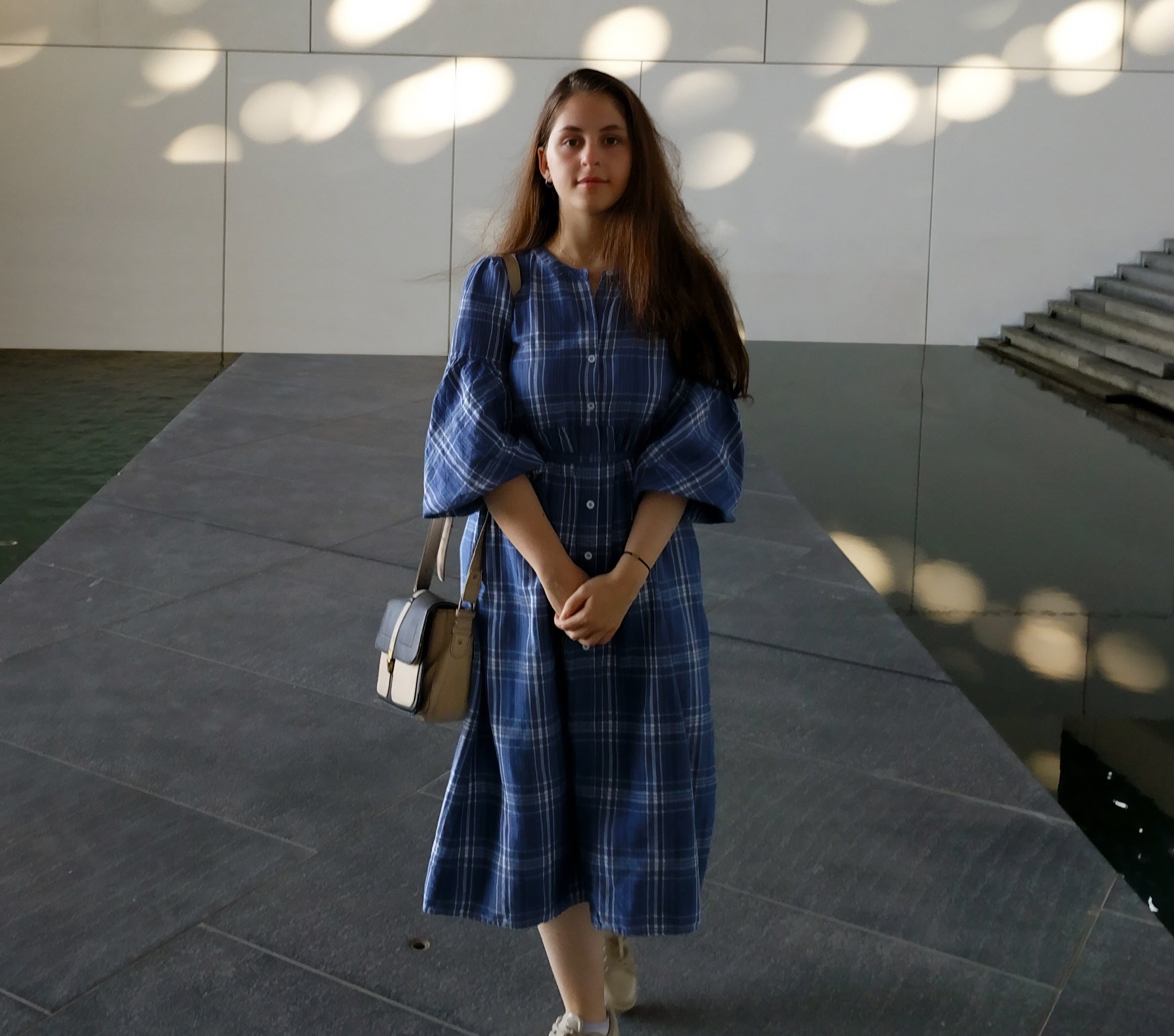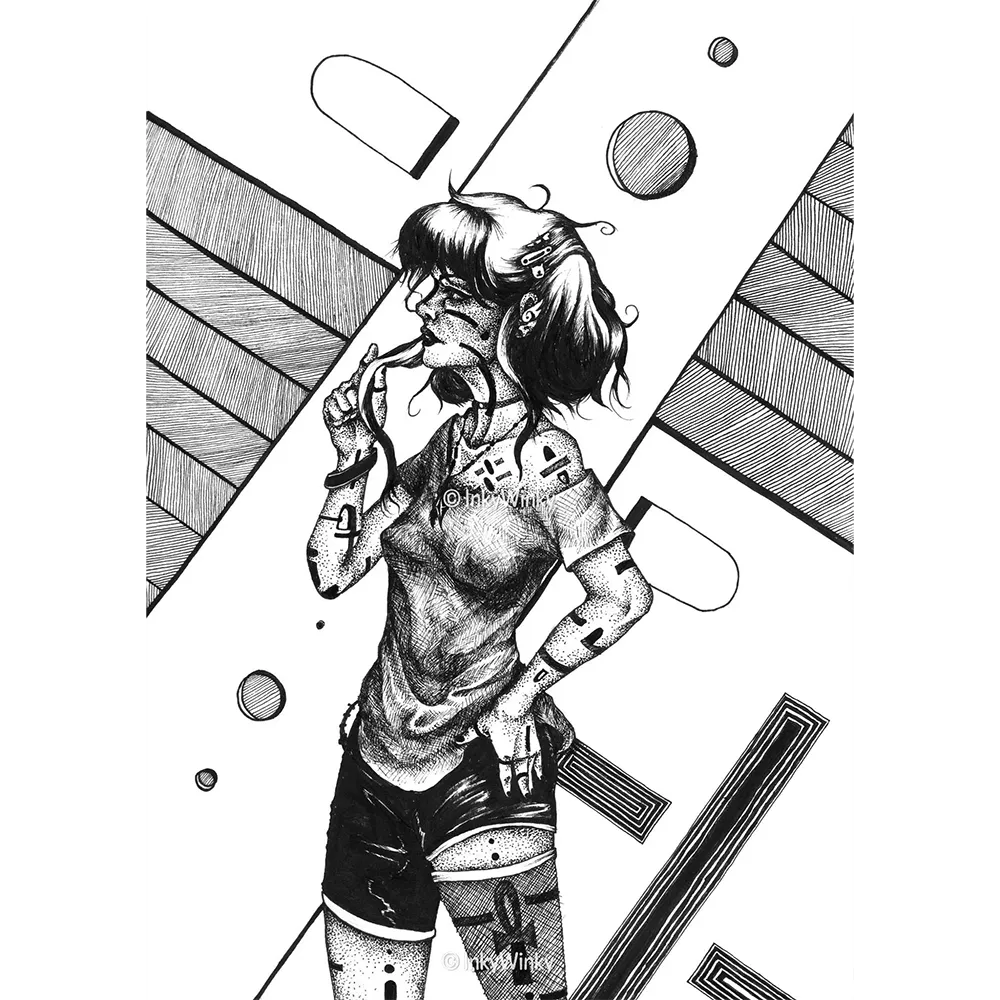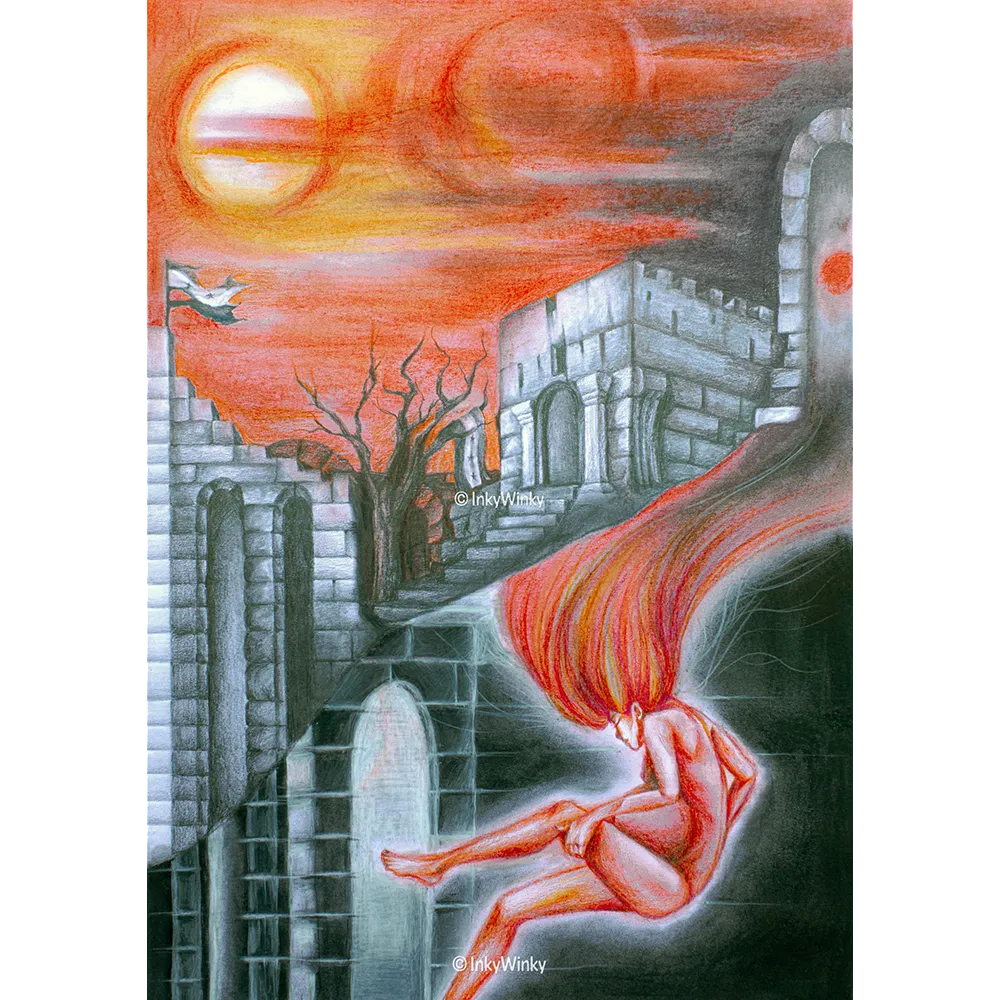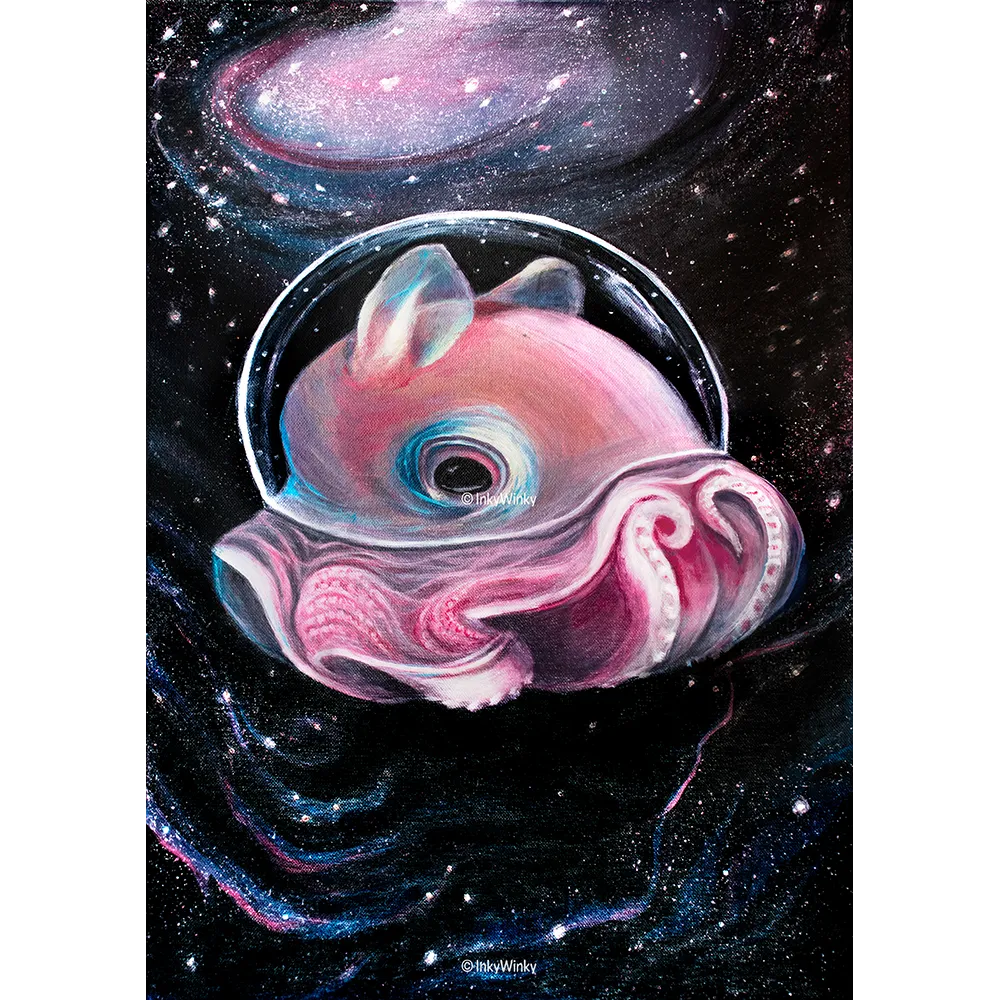What Materials Can You Use Graphite On When Making Art?
Graphite can be applied to various surfaces, with paper being the most common. However, artists also explore other materials to achieve unique effects:
- Paper: Traditional drawing paper is the primary surface for graphite art. The tooth of the paper allows the pencil to grip, facilitating the application of detailed lines and shading.
- Bristol Board: Known for its smooth surface, Bristol board is favored for detailed and intricate drawings. It minimizes the texture visible in the final artwork, providing a clean and polished look.
- Illustration Board: This rigid surface is well-suited for heavier applications of graphite. It is commonly used for illustrations and artworks that require durability.
- Toned Paper: Artists sometimes choose paper in varying shades (usually gray or tan) to add an extra dimension to their artwork. The mid-tones of the paper can be strategically incorporated into the composition.
- Wood: In addition to paper, some artists experiment with wood as a unique canvas for graphite art. The smooth surface allows for different mark-making techniques and provides a distinct aesthetic.
The choice of surface depends on the artist's preferences, the desired effect, and the specific requirements of the artwork in question. Each surface offers a unique texture and finish, influencing the overall visual impact of the graphite drawing.
Historically, Where Did Graphite Come From?
Graphite has a rich historical background, and its name is derived from the Greek word "graphein," meaning "to write." Here are some key points about the historical origins of graphite:
- Discovery in England: The first known discovery of graphite occurred in Borrowdale, England, in the early 16th century. Initially, it was believed to be a form of lead and was used by locals to mark sheep.
- Misidentification: Due to its similar appearance to lead, graphite was initially thought to be a form of lead ore. It wasn't until the late 18th century that chemists realized it was composed of carbon, leading to its classification as a distinct element.
- Pencil Development: The use of graphite in pencils became widespread in the 17th century. Initially, graphite chunks were wrapped in sheepskin or string for a makeshift writing instrument. The modern pencil, with a graphite and clay mixture encased in wood, emerged in the 19th century.
- Global Production: Today, graphite is a global commodity, with significant production in countries like China, India, Brazil, and Canada. It is used not only in pencils but also in various industrial applications, such as lubricants, batteries, and as a crucial component in graphene, a remarkable material with unique properties.
The historical journey of graphite reflects its evolution from a local curiosity to a globally significant material with diverse applications.
What Kind of Emotions Does Graphite Art Evoke in the Viewer?
Graphite art has the power to evoke a range of emotions in viewers, thanks to its nuanced shading, precision, and timeless aesthetic. Here are some common emotions associated with graphite artwork:
Subtlety and Elegance: The grayscale nature of graphite allows for subtle transitions between light and shadow. Viewers often experience a sense of elegance and sophistication when observing finely rendered graphite drawings.
Intimacy and Detail: Graphite's ability to capture intricate details can create a sense of intimacy between the viewer and the artwork. Whether it's the meticulous depiction of facial features or the texture of an object, viewers may feel a closeness to the subject.
- Nostalgia: Graphite art, especially in pencil sketches, may evoke a sense of nostalgia. The traditional and classic feel of graphite drawings can transport viewers to a bygone era, reminding them of the simplicity and beauty of hand-drawn art.
- Contemplation and Reflection: The monochromatic palette of graphite often lends itself to contemplative and reflective atmospheres. Viewers may find themselves immersed in the subtleties of the artwork, encouraging introspection and thoughtfulness.
- Timelessness: Graphite art has a timeless quality that transcends trends and fads. This timelessness can evoke a sense of enduring beauty and a connection to artistic traditions that have spanned centuries.
- Emotional Realism: Graphite's ability to capture realism, combined with the artist's emotional expression, can lead to an emotionally resonant experience for viewers. Whether it's a portrait conveying deep emotions or a scene with evocative lighting, graphite can evoke a strong emotional response.
In essence, the emotional impact of graphite art is multi-faceted, ranging from a quiet appreciation of its technical prowess to a profound connection with the emotions embedded in the artwork. The viewer's own experiences and perspectives play a crucial role in shaping the emotions elicited by graphite drawings.

















